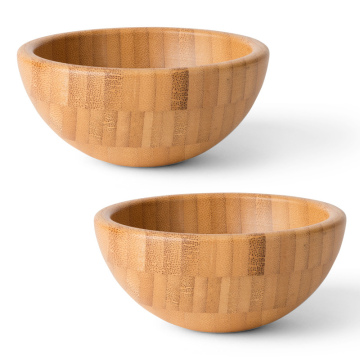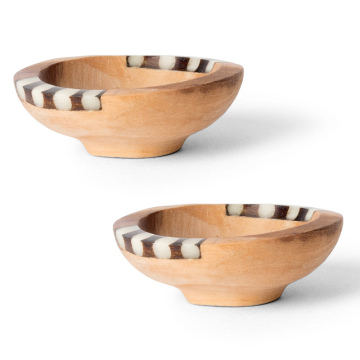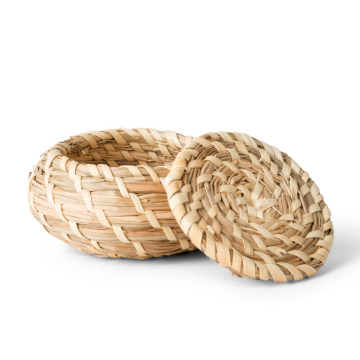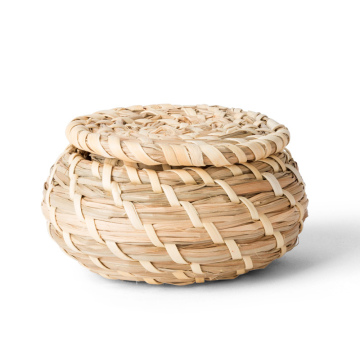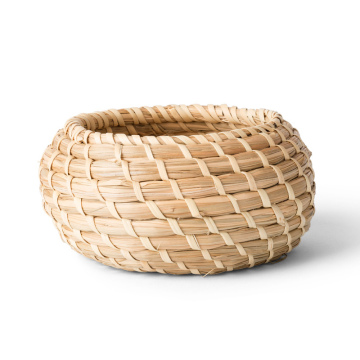East Java Traditional Culinary Tour: Enjoy Authentic Flavors
Introduction to East Javanese Cuisine
East Javanese cuisine is a rich reflection of the culture, history, and geographical uniqueness that shape the identity of this region's cuisine. Dominated by a mixture of local and foreign influences, East Javanese cuisine has produced a variety of mouth-watering dishes. Since the time of the Majapahit kingdom, this area has been a center of trade and cultural interaction, resulting in a unique and interesting culinary fusion.
The variety of ingredients available in East Java, such as spices, fresh vegetables, and seafood, contribute greatly to the richness of the cuisine here. Its strategic geographical location, with access to the sea and fertile land, makes this area one of the sources of diverse food ingredients. In many ways, East Javanese cuisine reflects the ethnic and cultural diversity of its people, with each region having its own striking specialty, such as Rujak Cingur from Surabaya, Soto Lamongan, and Rawon from Kediri.
In addition to geographical and cultural aspects, the influence of religion and local traditions also play a role in shaping the taste and presentation of culinary delights. For example, the use of peanut sauce in many dishes reflects a strong agrarian tradition, while various meat-based dishes show the influence of a more aristocratic noble culture. Thus, East Javanese cuisine not only presents authentic flavors, but also explains the historical and social journey that gave birth to each dish.
East Javanese cuisine has its own appeal for food lovers, not only because of its diversity, but also because of the depth of taste and aroma presented. Every mouthful takes us on an exploration of flavors that are closely related to the culture and traditions of its people, making the culinary experience for anyone who has the opportunity to taste it very special.
Must-Try Special Foods
East Java is famous for its culinary dishes that are rich in flavor and tradition. Among the typical foods that are worth trying, one of the most famous is rawon . Rawon is a beef soup that has a deep black color, sourced from the use of kluwek (fruit from the Pithecellobium tree), which gives it a distinctive aroma. In addition to beef, rawon is usually served with rice, bean sprouts, salted eggs, and chili sauce, creating a combination of mouth-watering flavors.
Next, soto is also one of the foods often found in East Java. There are various types of soto, but soto lamongan is the most well-known. Soto lamongan has a savory yellow broth rich in spices, using chicken as the main ingredient. This dish is usually accompanied by rice vermicelli or rice, as well as accompaniments such as spring onions and crackers, adding to the enjoyment when eating it.
Not to be missed, rujak cingur which is a traditional salad originating from Surabaya. Rujak cingur consists of fresh vegetables, tofu, tempeh, and sliced cingur (cow's nose) which is then doused with spicy and sweet peanut sauce. This dish has a variety of textures, from the crunchiness of the vegetables to the chewiness of the cingur, making it the right choice for culinary lovers who want to taste something unique.
In addition, there is pecel rice , a dish that combines rice with fresh vegetables and spicy pecel sauce. The nutrition and freshness of the vegetables are combined with the appetizing peanut sauce. Each dish reflects the richness of East Javanese cuisine and the culture behind each recipe served, adding depth to the gastronomic experience when visiting this area.
The Best Place to Enjoy Traditional Cuisine
East Java is known for its rich traditional cuisine and a variety of authentic dishes. In exploring this culinary delight, there are several places that must be visited to experience an unforgettable dining experience. One of the famous locations is Surabaya, where you can find many restaurants and stalls serving typical dishes, such as Rawon, Soto, and Rujak Cingur.
One of the highly recommended restaurants in Surabaya is Rujak Cingur 88 Restaurant . Located in the city center, this restaurant offers a comfortable and friendly atmosphere. Their signature dish, Rujak Cingur, is a unique blend of fresh vegetables and beef. Not far from there, you can also visit Warung Rawon Setan , which is known for its rich spiced rawon and mouth-watering black sauce.
Moving a little to Malang, you should not miss the Pasar Malang Night Market . Here, you can enjoy various traditional snacks, from Bakso Malang to Tahu Campur. The lively and lively atmosphere of the night market provides a unique experience for visitors. Each stall in this market serves different specialties, making it an ideal place to explore the various flavors of East Java in one location.
Next, Kediri City also has interesting places like Warung Tahu Penyet Ria . Known for its savory tahu penyet and spicy chili sauce, this stall is a favorite for many people. With a variety of side dishes, be sure to taste the rice and fried chicken while enjoying the relaxed atmosphere of the stall.
Each of these places serves traditional East Javanese cuisine in a unique way, making it a destination that is not only filling but also enriching your culinary knowledge. With a variety of different dishes and experiences, you will feel how rich and interesting the culinary culture in East Java is.
Tips for Enjoying East Javanese Cuisine Like a Local
Enjoying East Javanese cuisine is not just about tasting food, but also experiencing a rich cultural experience. To do it like a local, there are some tips that need to be considered. First, when ordering food at a stall or restaurant, you should use the local language or, at least, convey your order confidently. Showing interest in how local people interact at the dinner table can make the experience more authentic. Many traditional eateries will welcome you warmly if you show interest in their culture.
Second, pay attention to the applicable table manners. In Javanese culture, for example, it is very important to respect the dishes served. This involves how you use cutlery such as spoons and forks, especially when enjoying food that is served in large portions. Usually, local people will finish their food leisurely while chatting. Follow this custom and enjoy the moment, instead of rushing through the meal.
Also, try to taste various dishes in the most appropriate way. One of the best ways is to visit a local culinary event, festival, or night market, where you can find a variety of typical East Javanese foods. There, you can buy small portions from various stall owners, making it possible to taste many types of dishes. It is also recommended to enjoy food by sharing, as in the custom of tumpeng which emphasizes togetherness.
Always remember that East Javanese cuisine offers a variety of unique flavors and rich culture. By following these tips, you will be able to experience a more in-depth and very authentic culinary experience, just like the locals do.
